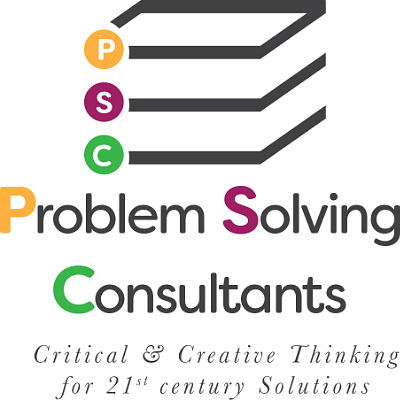Recently, I watched a news conference and witnessed something I never thought I would see in a chief executive – an exquisite non-verbal temper tantrum worthy of a two year old. Now you know that seeing such behavior got me to thinking. Are we aware of the non-verbal messages we send?
Any leadership or management class will teach us about the importance of attending to the non-verbal cues in any communication. The various communication theories tell us that the majority of our interpersonal communication is non-verbal. Are we cognizant of the non-verbal messages we send? When a colleague is speaking do we glance at our watch, perhaps more than once? What message did we just send? When we are involved in conflict management, do we listen to opposing opinions with arms crossed? If we make eye contact are we doing so in an aggressive manner, daring the individual to continue to publicly disagree with us? Do we get aggressive in our stances, invade the other individual’s personal space? Do we engage in non-verbal tantrums to let people know we are displeased? Are we aware of what we are doing?
Here is a key point. I do not know about you but I want my colleagues to disagree with me. Their viewpoints and perspectives are critical to keeping me focused on our goal – resolve the problem in the best possible manner. I am not diminished because someone has the temerity to disagree with me or point out where my approach might need some improvement. I think we all improve our decision making when our staffs and colleagues provide honest assessments of those decisions. I work hard to create a work environment where people provide constructive criticism. The end result makes us all look good – an effective, realistic resolution to a difficult problem.
